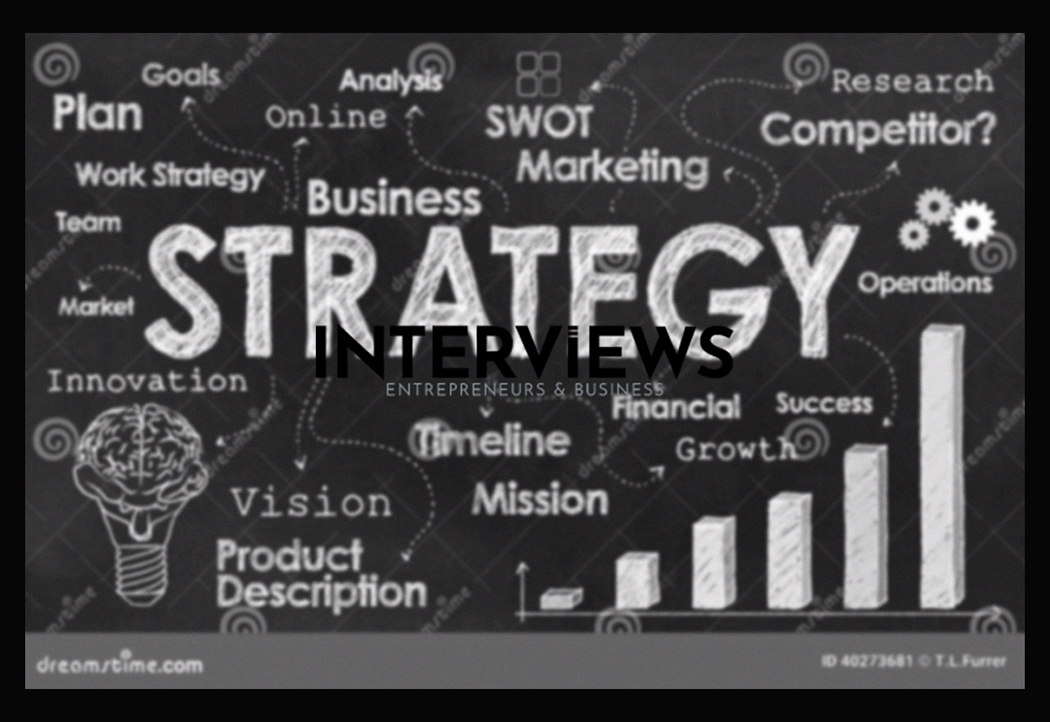Cracking the Code: Getting Your Product on Store Shelves (Without Begging)
You made a product that’s the Beyoncé of its category. What’s next? Having a great product is just part of the challenge. The real work starts when trying to get it onto store shelves. Don’t worry. This serves as your survival guide filled with wisdom and steps to turn your product from a secret into a must-have.
Are You Ready for Retail Reality?
Before dreaming about your product next to checkout candy, let’s be honest about readiness. Getting into retail isn’t only about having a good product. It means having a business prepared for growth. Ask yourself: Is your production scalable? Can you handle larger orders? Is your supply chain solid? Think of retail readiness as your business license. You can’t drive without it. Know when you’re ready for retail. Premature scaling can lead to disaster.
What makes you you? What’s your product’s unique element? You need to identify your unique selling points (USPs). What makes your product shine among others? Is it a special feature, eco-friendly material, or a fun backstory? Knowing your USP isn’t just fluff; it’s vital for convincing retailers that your product deserves shelf space. Know what sets your product apart – it’s your retail superpower.
Knocking on the Right Doors: Approaching Stores Like a Pro
Ready to start? Don’t rush into Walmart just yet. Think small first. Start small. Focus on local businesses or smaller stores in line with your brand. Boutiques, specialty shops, and charming corner stores are great opportunities. They often welcome new products and offer a chance to test the market. Locate small businesses whose values align with yours.
Do your research! Find the right store for your product. Don’t pitch randomly to any store. Select a Suitable Store. Check their shelves, both online and in person. Do their products match yours? Does their customer base fit your target market? Imagine selling dog treats in a cat store – awkward, right?
Once you’ve found target stores, make your move. If there’s no submission policy, visit or call first. Be polite, brief, and prepared. Tell them who you are, express your desire to get your product in stores, and request an appointment with the store’s buyer. Treat this meeting as a privilege. Show up early. First impressions matter, and being on time signals professionalism.
Consider using your network. Target brands engaging with you already. If you have a social media following or loyal online customers, explore how connections might lead to retail options. Sometimes it’s about who knows your brand.
When you get a meeting, be ready with a strong pitch. Your pitch is your product’s showcase. Highlight USPs, discuss your target market, and explain why your product should be in their store. Show, don’t just tell. Demonstrate the product in action. In-person pitching helps retailers ask questions and see value.
For major retailers, consider a different strategy. Target buyers at the corporate level. Aim for corporate buyers or category managers instead of store-level managers. It takes longer, but securing a deal with a big retailer can transform your business.
Don’t underestimate charm and creativity. Engage store owners through creative marketing. Think outside the box. Perhaps send a unique sample, an eye-catching sell sheet, or even a personalized video pitch. And if necessary, use incentives like discounts or promotional offers to sweeten the deal. Everyone loves good deals, including retailers.
Navigating retailers like Target means knowing their structure. Finding the Right Buyer & Category at Target is essential. Know their category system and link up with the right buyer. Contacting the wrong person is like sending a resume for the janitor when aiming for CEO.
Don’t forget the traditional approach: Consider trade shows. Trade shows offer chances for face time with distributors. They are like speed dating for products and retailers, showcasing to many buyers at once. It can require investment but may yield significant returns if done right. Think about whether trade shows are worth it.
Going Digital: Online Marketplaces and Influencers
In today’s digital world, look beyond brick-and-mortar stores. Join online wholesale marketplaces. Websites mentioned in Wholesale Suite’s guide help brands connect with retailers online. Join digital marketplaces.
For a unique touch, explore Using Influencer Platforms. While influencers often focus on direct-to-consumer sales, they can also draw retailer attention. Platforms like BzzAgent, Influenster, PINCHme can create buzz around your product, making it appealing to retail partners.
Nailing Your Pitch: Speak Their Language
Your pitch is a chance to impress. Perfect your pitch. It combines your product’s biography, sales highlights, and love letter to the retailer into one. Craft a compelling pitch deck. Use visually engaging slides to share your product’s story, benefits, and market potential. A strong cover letter or email opens doors.
Before developing your pitch, think like a buyer. Know What the Buyer Wants (pricing, margins, distribution). They seek profit and market fit. Understand their pricing requirements, margins, and distribution goals. Tailor Your Pitch for Each Store. Researching shows commitment and seriousness about partnership. Generic pitches yield generic results.
For crucial in-person pitches, remember the Five-Minute Pitch Format:
- Tell a story. Make it engaging and relatable.
- Explain your solution. What customer problem does it solve?
- Describe your successes. Share tasteful accomplishments like sales figures or testimonials.
- Define your target market. Who is your audience?
- Explain customer acquisition plans. How will you boost sales in their store?
- Outline competition. Recognize them but position yourself as better.
- Describe your business model. How will your business support the retailer?
- Provide financial projections. Show potential profit for carrying your product.
Dress to Impress: Product Presentation and Packaging
Packaging matters; it’s your product’s first impression. Your product’s packaging design creates initial customer feelings. It needs to look appealing and reflect what’s inside…
Eye-catching packaging reflects your brand. Conveying the Right Message through Packaging is key. Define if you are luxury, budget-friendly, or eco-conscious. Packaging should communicate your essence instantly.
A great product demonstration can seal the deal when words fall short. Include a great product demonstration. Showcase features and benefits clearly. Let customers see, touch, and understand its value.
sell sheet. A sell sheet should look professional and include colorful images. Think of it as a mini-brochure. It summarizes key information about your product: features, benefits, pricing, and contact details. Product sell sheet templates… create eye-catching sell sheets that impress retailers.
Marketing Magic: Building Your Brand and Buzz
Marketing is for retailers too. Engage store owners with creative marketing. Show commitment to driving sales and supporting their efforts. Building a Strong Brand is essential and recognizable brands attract retailers.
Using Targeted Marketing Strategies impresses retailers. It shows you understand your market. Content Marketing, Paid Marketing, and Optimizing Online Presence for Local Search are valuable tools. Make it easy for customers to find you online.
The Not-So-Fun Part: Costs and Fees
Let’s discuss money. Retail isn’t free shelf space. Prepare for costs. Understanding Slotting Fees/Shelf Placement Fees is crucial. These fees apply to your product’s placement on shelves. As Forbes states, understanding these fees is important. It’s like renting shelf space.
If selling on platforms like Walmart Marketplace, expect Referral Rates (5% to 15%). These are commissions for each sale on the platform. For in-store displays, budget for Display Costs per Store ($350 – $500). A manufacturer pays $350 – 500 per display per store. Consider these costs in your pricing.
Playing Nice with Retailers: Building Partnerships
Retailers are partners, not dictators. Be ready to Sign Vendor Registration Forms. New businesses follow this process with larger stores. It’s part of working with bigger chains.
Negotiating Terms also matters. Discuss payment terms, shipping details, and return policies. Understand concepts like Vendor-Managed Inventory (Walmart). Knowing retailer preferences improves your partnership.
Platform Power: Selling on Specific Marketplaces
If targeting specific platforms, know their rules. For Target Marketplace (Target Plus), grasp their Application Process, Meeting Requirements & Standards. Each platform has specific requirements.
For Walmart Marketplace, focus on Creating a Seller Account, Verifying Your Business, Configuring Payments, Setting Up Shipping (WFS), Listing Your Products. Also, provide your Business Tax ID or Business License Number.
Amazon is another giant. Setting up an Amazon Seller Account offers choices: Individual (fee of $0.99 per item) or Professional (monthly fee of $39.99). Then, List your products and Select fulfillment method: FBA Amazon handles storage or Merchant Fulfilled: You manage fulfillment.
Influencer Intel: Harnessing Social Power
Influencer marketing builds brands beyond direct sales. Building a Strong Online Presence goes with influencer outreach. Start by Getting free products through collaborations.
Offer influencers free samples for honest reviews. Joining Influencer Platforms can help streamline outreach.
Beyond Retail: Diversification and Other Wisdom
Diversification is vital. Don’t rely solely on retail stores. Explore multiple sales channels: your website, online marketplaces, and direct-to-consumer options. How To Sell To Retailers (Steps And Key Strategies) – Wholesale Suite stresses a multi-channel approach.
Remember necessary steps: Obtaining Permits, Scalability, Understanding Retail Process, Considering Trade Shows, Insurance & Bank Account. These basics are crucial for a retail business.
Bonus Tip: How to (Sometimes) Get Stuff for Free
You can get freebies without asking retailers directly. The secret is simple: Just ask for free products.. Sometimes this works! You can also join newsletters or voice complaints about poor products.
Companies may offer free samples to newsletter subscribers or as compensation for complaints. Stay persistent but polite. Don’t complain just for free items—karma is around.
Your journey to retail stores needs persistence, preparation, and wit. With the right strategy and charm, you can achieve retail success. Now go conquer those shelves.





